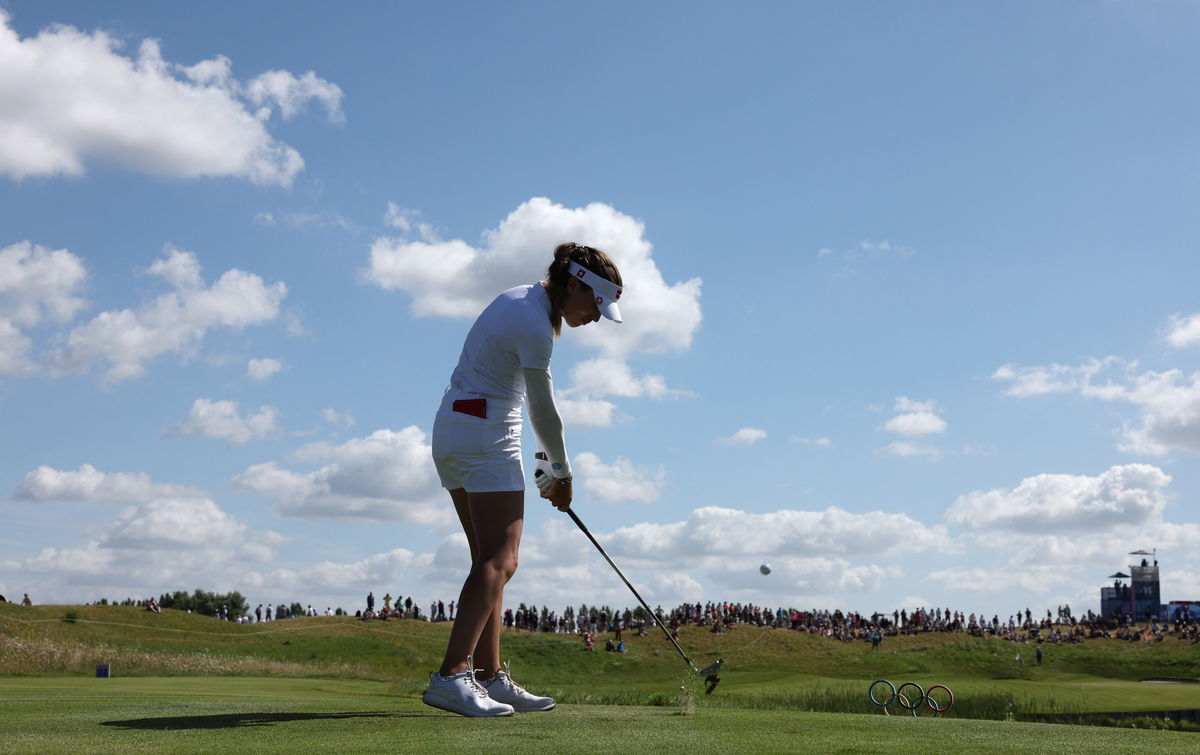

In the often spotlight-driven world of professional golf, stories on the LPGA Tour frequently struggle to receive the same depth of media attention as their PGA counterparts. While male stars like Rory McIlroy, Bryson DeChambeau, Jordan Spieth, and Rickie Fowler dominate headlines with their highs and lows, LPGA players’ challenges and comebacks often go underreported. This disparity reflects not only the media’s focus but also systemic differences in coverage, which suppresses visibility for women’s struggles and achievements on tour.
Watch What’s Trending Now!
Kim Kaufman, speaking to the Monday Q, discussed this topic extensively.
“Rickie and Jordan have been so much in the spotlight because they’ve struggled. We could both name a few girls that are there, but they are not in the spotlight for it. It’s just like we can’t touch that. And I don’t know why?” she compares.
ADVERTISEMENT
It is not unheard of that the two male players mentioned here have been dominating golf news circles a lot ever since their platforms faltered. From podcast to op-ed pieces, what happened to Fowler and Spieth has been a question often raised. But LPGA players don’t enjoy the same attention.
Kaufman takes her own examples, where during her first year in golf, she struggled and was invited by Beth Ann, a former LPGA reporter, to discuss her form.
“She asked me if I would do it because I had gone down, and I said, ‘Yeah, not a problem.’ That’s my thing.”
ADVERTISEMENT
The discussion brought forth the decision of Rose Zhang to go back to college to complete her studies.
“If this was Ludvig [Aberg], the media would be going insane…It’s ultimately Rose’s decision. That’s not what this is about. It’s that the media hasn’t covered it,” the host pointed out. “We’re doing an injustice…in my opinion to the women’s game.”
ADVERTISEMENT
World No. 2 Nelly Korda’s thoughts on Stacy Lewis’ impact on women’s golf 🤩 pic.twitter.com/H6V3yftFUi
— LPGA (@LPGA) September 19, 2025
There’s also a systematic flaw in place here. Scarcity of media presence is one of the reasons more often than not, the LPGA conference acts as a PR stunt.
“There is no media in there. So, the press asking questions, they’re all layups,” the host remarks. With far fewer reporters attending LPGA events, due to less viewership and commercial incentives, performance-focused questions are almost nonexistent. Players, in turn, don’t feel the need to open up about struggles or admit mistakes. This perpetuates a vicious circle of limited vulnerability and shallow coverage.
ADVERTISEMENT
But there could be another reason at play as well. Kaufman believes that LPGA players tend to get more defensive when presented with critical questions about their performances, unlike PGA Tour players.
“I feel like someone maybe writes an article that’s maybe a little negative or call someone out, ‘Why they’re not playing well?’, we get so defensive. How many articles people write about Tiger to Rory to Dustin John? I don’t know if it’s just a gender thing, but it does need to change a bit.”
But the fact cannot be denied that the media themselves show a sort of perceived bias towards LPGA players. And it might also be due to what they think is newsworthy or not. If, let’s say, a male athlete takes time off, he will receive massive attention. Think of Tiger Woods. He has not been playing since early this year, but still, he receives good enough news coverage. That could be due to his other commitments to the tour, but he is still pretty much visible.
ADVERTISEMENT
Unlike LPGA players, who completely disappear if they go on a hiatus. Remember Michelle Wie West? After giving birth and a wrist injury, she “stepped away from the game.” Since then, she has effectively disappeared from LPGA competition and mainstream golf media coverage.
But these are not just anecdotal discrepancies; there are metrics that prove this as well.
Top Stories
Jon Rahm Receives Fresh Warning After Brooks Koepka Quit LIV Golf Abruptly: ‘In the Worst Spot’
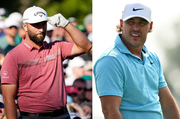
Congratulations Pour In as Lydia Ko Celebrates Major Milestone With Billionaire Husband

Billy Horschel Demands Punishment Over Brooks Koepka’s Potential PGA Tour Return
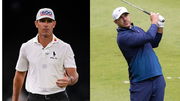
After Bryson DeChambeau’s Ultimatum, LIV Golf Dealt Fresh World Rankings Blow
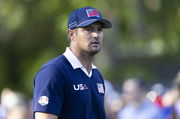
All Is Not Well With Keegan Bradley as 5x PGA Tour Winner Reveals His Cold Behavior
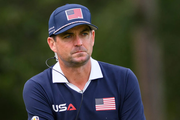
ADVERTISEMENT
Structural biases and research-backed inequalities
Analysis of sports shows how women athletes receive less attention in regards to their performance than men. One study found that only 22% of questions to female athletes addressed their game play and technical execution, versus 68% for men. Meanwhile, and not surprisingly, 60% of questions to such women focused on lifestyle, motherhood, or related personal topics, compared to just 12%.
This gender imbalance extends beyond content to media infrastructure as well. As per certain reports, the LPGA tournament press conference averages only six accredited media members per event, compared to 24 for PGA Tour tournaments. Female journalists who can ask better questions to female golfers make up only 18% of the LPGA media. PGA Tour events routinely draw millions of viewers, with tournaments averaging 3.1 million viewers on major networks. In contrast, LPGA events typically attract hundreds of thousands of viewers, with Golf Channel LPGA broadcasts drawing approximately 85,000 viewers.
Moreover, the Broader cultural and economic forces compound these disparities. Men’s golf is assumed to be the standard, and female athletes are expected to fit a narrative emphasizing relatability over skill. Advertisers and broadcasters historically prioritize men’s events for their higher viewership and commercial value, creating a feedback loop that channels resources toward male athletes while women’s tournaments operate with leaner coverage, fewer reporters, and lighter scrutiny.
ADVERTISEMENT
ADVERTISEMENT
ADVERTISEMENT
ADVERTISEMENT

